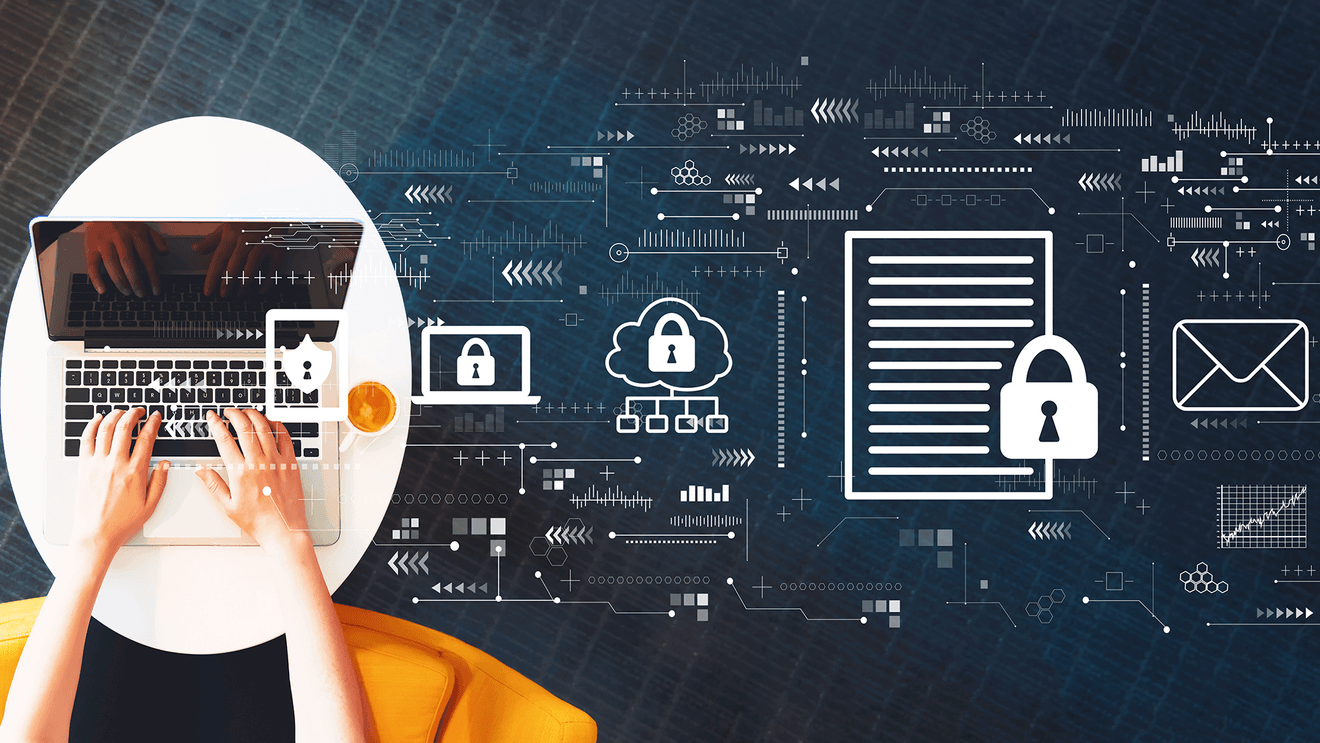Sandbox labs vs. simulations: the playful path to mastering cyber and IT skills

For tech pros and learners building experience in cybersecurity, mastering the skills to protect systems against real-life threats is essential. The right training methods can make a huge difference. Two of the most popular methods are sandbox labs and simulation environments.
Both sandbox labs and simulations offer hands-on practice but in different ways. You might have heard of these terms or even participated in such training sessions before, but understanding the key differences can help you choose the best method for you and your team.
Simulations: the training wheels of tech training
Simulations are virtual environments designed to mimic real-world scenarios. They come with predefined tasks, scenarios, and step-by-step instructions. Think of it like your first time at a bowling alley with bumpers to guide your aim. This structure helps you follow a clear path to specific learning goals but can limit creativity and problem-solving. After all, you can't rely on bumpers forever if you want to bowl like a pro.
The downsides of simulations
-
Repetitive tasks: The predefined nature can lead to memorization instead of real understanding, which may hinder the development of problem-solving skills.
-
Limited exploration: Learners can't deviate from the script, which hinders experimentation and discovery.
-
Outcome focused: The emphasis is on achieving specific goals, often neglecting the critical thinking needed to find solutions in real job scenarios.
Sandbox labs: a playground of real-world skills
Sandbox labs offer a more open-ended approach compared to the rigid structure of simulations. Here, learners can explore, experiment, and even break things in a consequence-free environment that mimics real-world conditions. This provides a safe place where actions and changes do not affect the actual system or network, preventing potential unintended consequences. This approach encourages deeper learning and builds a skillset that thrives in the ever-changing field of cybersecurity. It also gives employers a way to assess skill levels, which is a challenge in tech.
The sandbox advantage
-
Active learning: Hands-on exploration of systems and their interactions allows for deeper understanding rather than mere memorization.
-
Critical thinking: Learners analyze situations, formulate hypotheses, and develop their own solutions, similar to real job scenarios.
-
Real-world preparation: Sandbox labs prepare you to handle unforeseen challenges. The endless learning possibilities allow learners to find solutions in their own unique ways, enhancing their natural talents.
Balancing sandbox labs and simulations
Simulated labs are often fine for beginners, providing direction and focus. However, they may encourage reliance on guided experiences rather than critical thinking. Sandbox labs offer a more realistic learning environment, allowing for experimentation and deeper skill development. They can be easily reset, making the same environment useful for multiple learning purposes.

